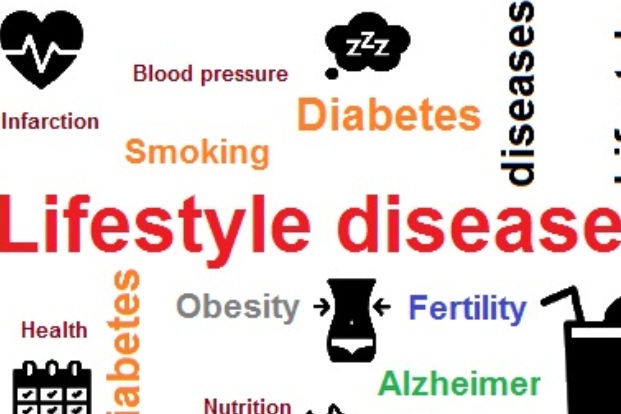Categories
- Bariatric Surgery (11)
- Black Fungus (5)
- Bone Marrow transplant (3)
- Brain Tumor Surgery Navigation Technology (20)
- Cardiac Surgery (66)
- Cardiology (97)
- Computer navigation technology for joint replacements (20)
- Covid Vaccination (17)
- Critical Care (2)
- Dental (19)
- Dermatology (31)
- Dialysis Support Group - “UTSAAH” (11)
- Dietitian (33)
- Emergency Medicine (4)
- Emotional Health (11)
- Endocrinology (33)
- ENT (20)
- Gastroenterology and GI Surgery (53)
- General and Laparoscopic Surgery (21)
- General Surgery (4)
- Gynecology & Obstetrics (183)
- Hematology (20)
- Internal Medicine (294)
- Kidney Transplant (50)
- Kidney Transplantation (20)
- Lung Cancer (8)
- Minimal Invasive Surgery (1)
- Mother & Child (20)
- mucormycosis (5)
- Nephrology (61)
- Neurology (147)
- Neurosurgery (68)
- Nutrition and Dietetics (107)
- Omicron Variant (1)
- Oncology (288)
- Ophthalmology (10)
- Orthopaedics & Joint Replacement (86)
- Paediatrics (59)
- Pediatric Nephrology (3)
- Physiotherapy (5)
- Plastic & Reconstructive Surgery (6)
- Psychiatry and Psychology (90)
- Psychologist (28)
- Pulmonology (72)
- Rheumatology (13)
- Spine Services (21)
- Transradial Angioplasty (16)
- Urology (84)
Query Form
Posted on Apr 19, 2022
Malaria in Babies and Toddlers
One of the most common mosquito-borne disease in India is Malaria. It is characterized by fever, chills and sweating. Malaria is a serious illness in babies and toddlers. Malaria is widespread in India and most common in Maharashtra, Orissa, Chhattisgarh, Madhya Pradesh and Jharkhand.

About 2.5 million malaria cases are reported in South Asia each year. Three quarters of these cases come from India. Although, the number of cases of malaria does shoot up during and just after the monsoon season, malaria occurs all year round. The reason why the rate shoots up in monsoon season is because warm humid weather and stagnant water provide a perfect breeding ground for mosquitoes.
How does malaria spread in babies and toddlers?
The bite of an infected Anopheles mosquito spreads malaria. Unlike the mosquitoes that carry dengue or chikungunya that bite during the day, the mosquitoes that carry malaria usually bite at night. Because the malaria parasite is found in red blood cells of an infected person, a person may also get malaria if he or she gets infected blood during a blood transfusion. Malaria is not infectious, meaning you can’t get it from sitting near an infectious person.
If a pregnant woman has malaria, it can be passed to her unborn baby either before or during delivery. This is called congenital malaria. However, your baby is less likely to get malaria in the first three months of her life, because of the immunity you gave her during your pregnancy.
The baby loses that immunity as she grows older, and her risk of catching malaria increases. She is also more likely to develop severe malaria, as her own immunity is not yet fully developed. After being bitten by an infected mosquito, symptoms usually start showing about eight days to three weeks, but they can appear earlier or later. Look out for these symptoms:
• fever
• shivering
• cough and cold
• irritability and drowsiness
• poor appetite
• diarrhea, often with green stools
• sleeplessness
• vomiting
• stomach pain
• some young children have hypothermia instead of a fever
• seizures
• rapid breathing
Most of the symptoms of malaria are similar to those of the flu, dengue and chikungunya. So, you need to contact your doctor right away, if your child comes down with fever and chills. Confirmation of malaria is given via a blood test. If your doctor suspects that your child has malaria, he is likely to start treatment at the same time as waiting for the blood test results to come through.
As mosquitoes cause this disease, it is important to keep mosquitoes at bay. Try to keep your home and surroundings free of mosquito breeding grounds, such as stagnant water. Remove empty containers or old flowerpots where water can collect, especially in the monsoon season. You can even add a few drops of kerosene oil to coolers, open drains, small ponds and other places where water tends to collect to deflect mosquitoes.
You can follow other preventive measures:
• Dress your child in light-coloured clothing. Dark colors attract mosquitoes.
• Dress up in long-sleeved and full length garments to avoid skin exposure.
• If possible stay in air-conditioned or cool areas. Mosquitoes do not thrive in cold temperatures.
• Use an age-appropriate mosquito repellent and following the directions on the label.
• Use mosquito nets while sleeping. Use nets for daytime naps as well when the mosquitoes that carry dengue and chikungunya are circulating.
• Install mosquito meshes (detachable or Velcro) on your doors and windows. These let in some light and breeze.
• You could try using some mosquito repelling essential oils such as lemongrass, citronella, neem, lavender, and eucalyptus. Although these are considered to repel mosquitoes, they may be less effective than commercial repellents, and their effects are not long-lasting.
• Burning neem leaves and coconut shells and husks outside help repel the mosquitoes and regular fumigation, especially around your home and neighborhood, stops them from breeding.
• Mosquitoes are often found in hedges and bushes, so keeping your child well away from them when in the park. Use age-appropriate mosquito repellent to always protect your child.



